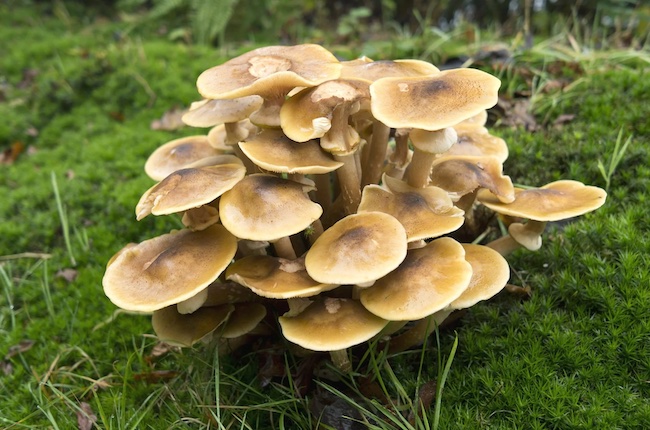Notes on Honey Fungus

Honey fungus refers to a group of fungi in the genus Armillaria, known for their destructive capability to trees and woody shrubs. Here are some key notes on honey fungus:
- Identification: Honey fungus is typically identified by its honey-colored toadstools which appear in late summer to autumn. They also have a distinctive white spore print and black, bootlace-like structures called rhizomorphs under the bark and in the soil.
- Habitat: It is commonly found in woodland areas but can also affect gardens and parks, attacking the roots of living trees, dead wood, or stumps.
- Pathogenicity: Armillaria species are pathogenic, capable of causing root rot in many types of plants, leading to decline and eventual death of the host.
- Symptoms: The symptoms include dieback of the tree canopy, reduced foliage, yellowing leaves, and exudation of resin.
- Lifecycle: It spreads through rhizomorphs that grow through soil, infecting neighboring plants. They can also spread via spores, although this is less common.
- Control: Control is difficult; prevention is through good cultural practices. Infected material needs to be removed and destroyed. Soil replacement and the use of barrier methods can be effective.